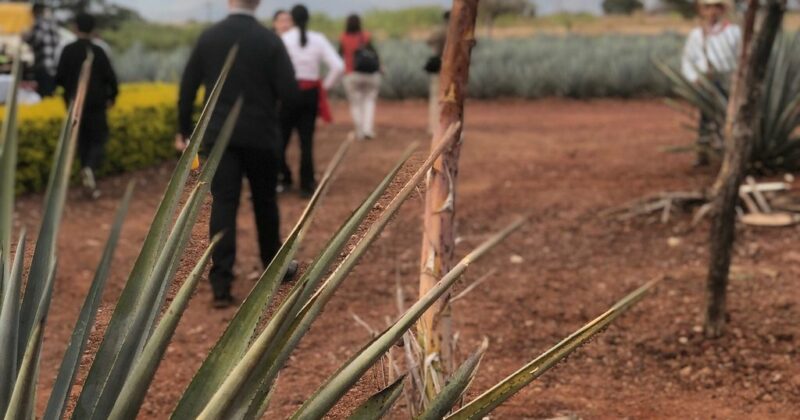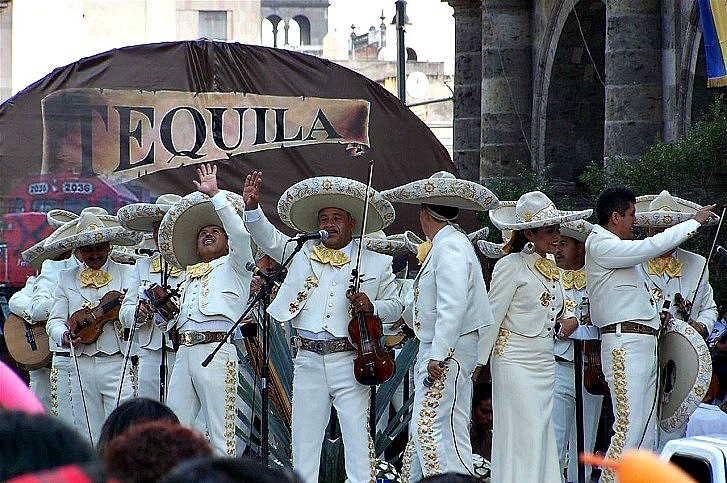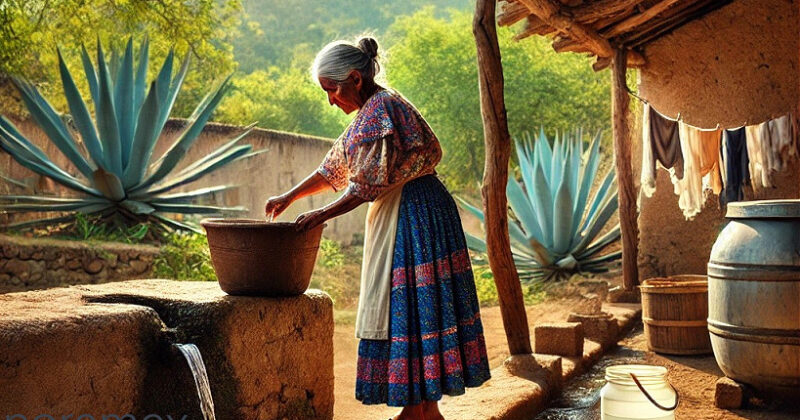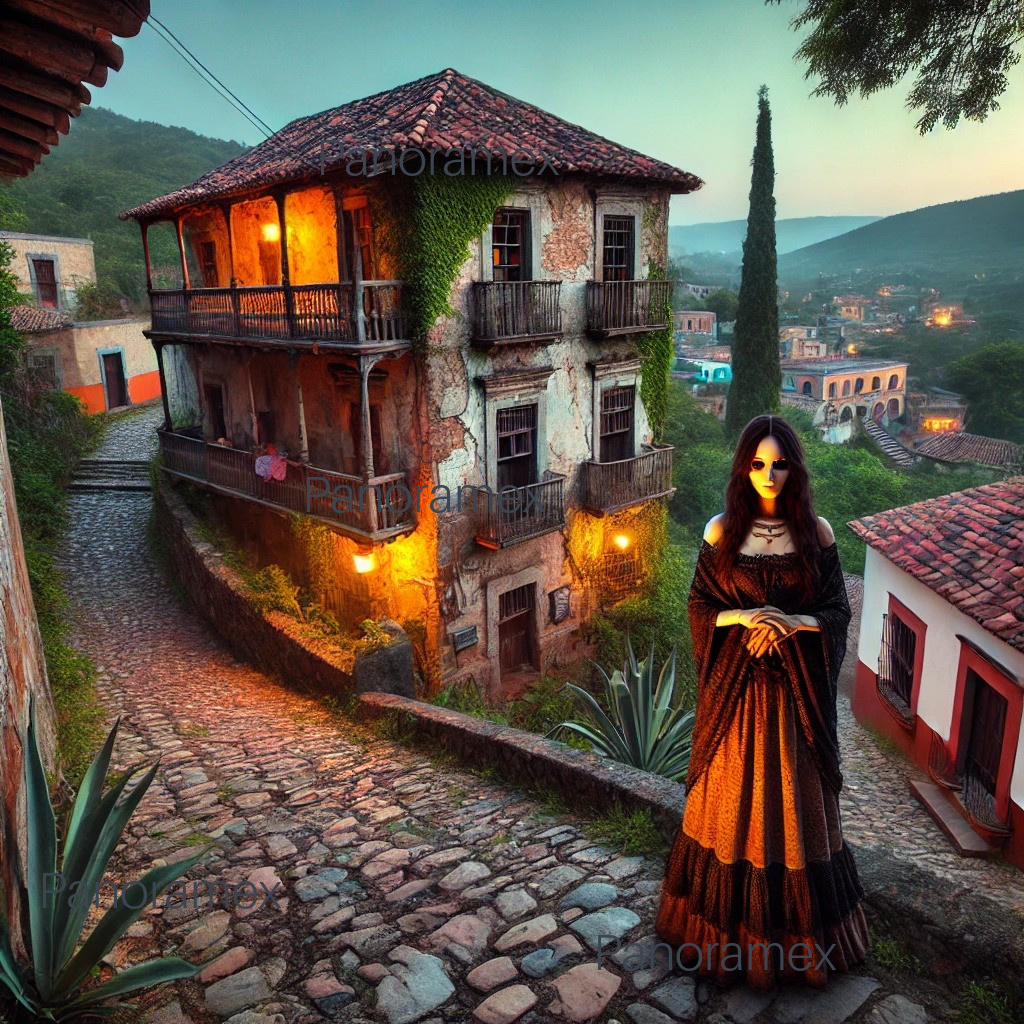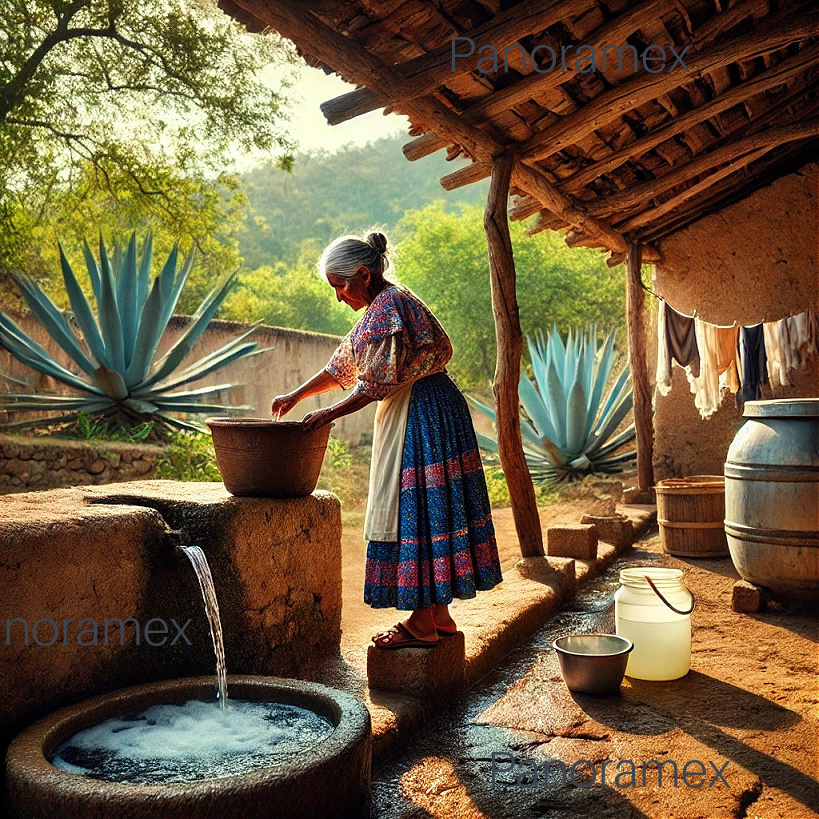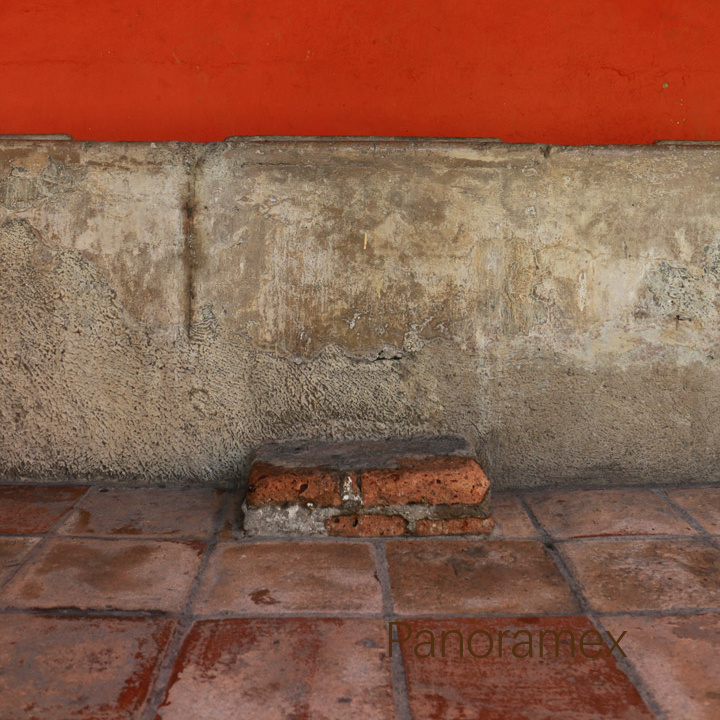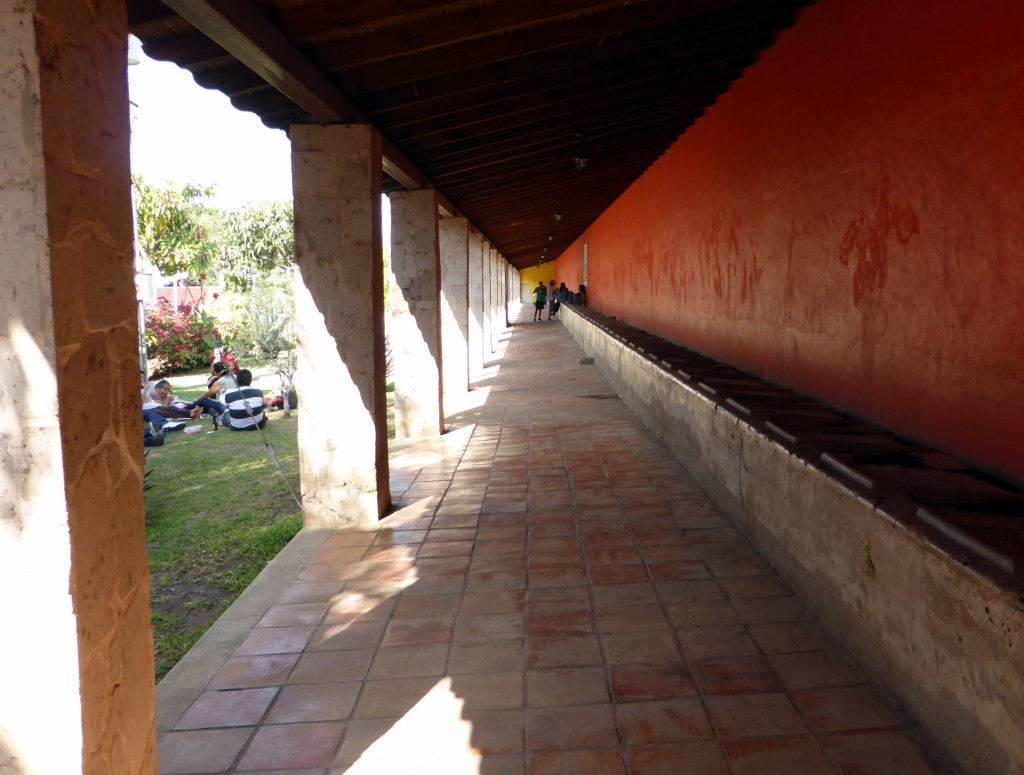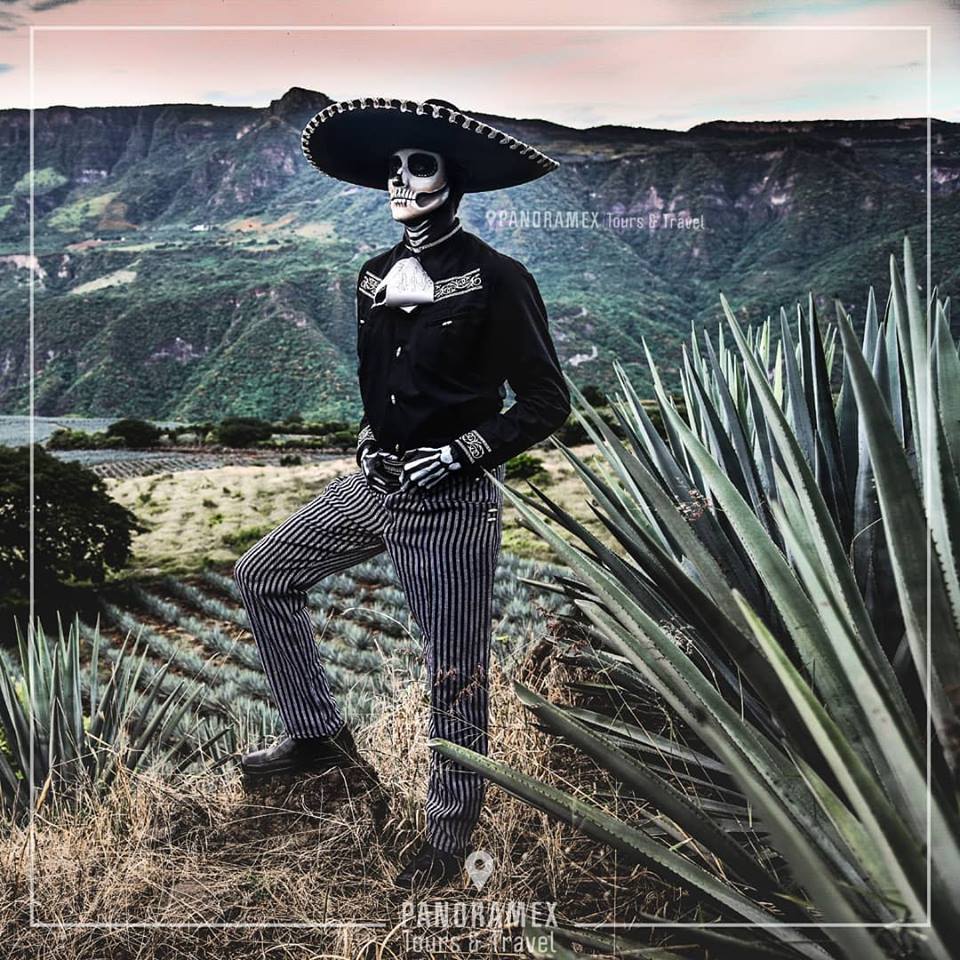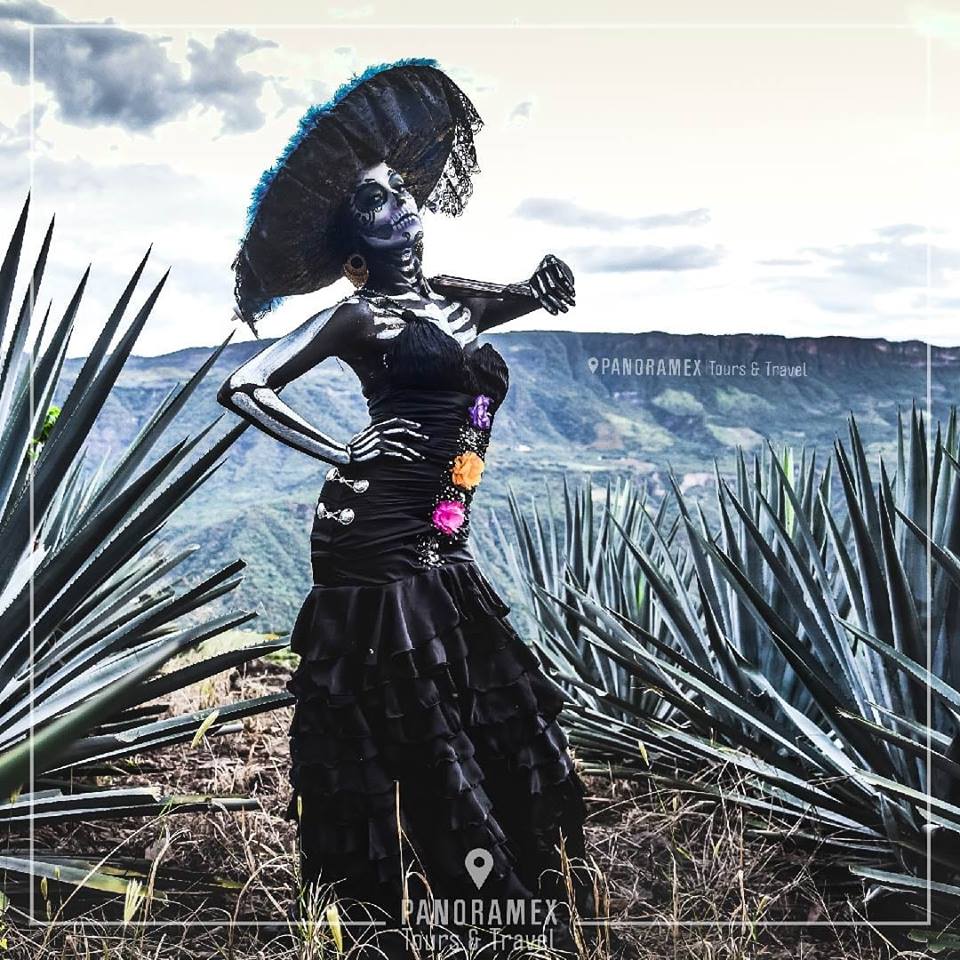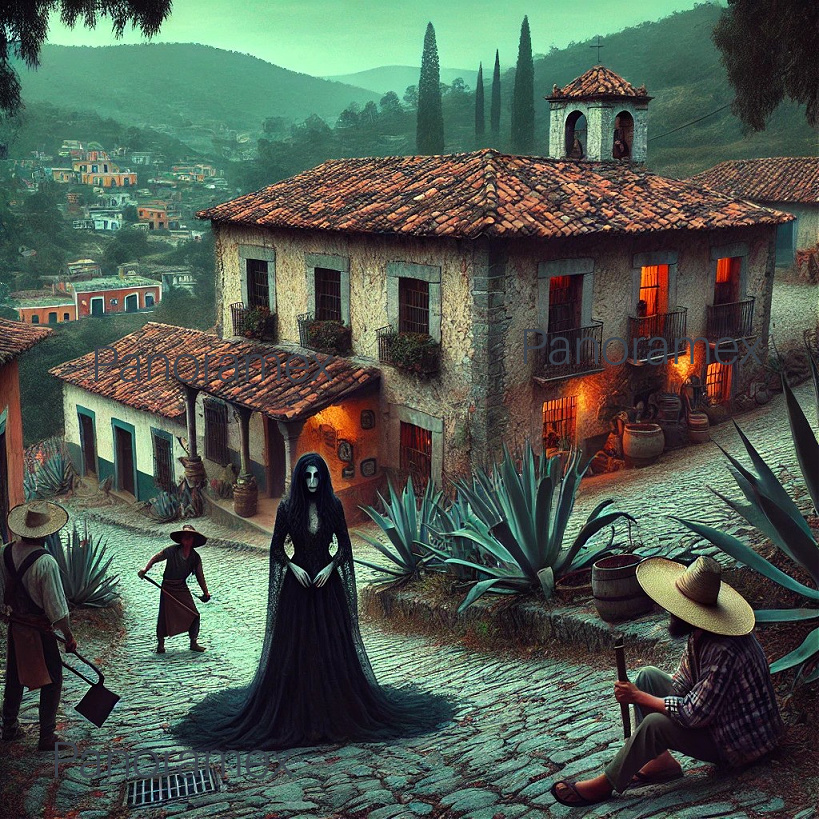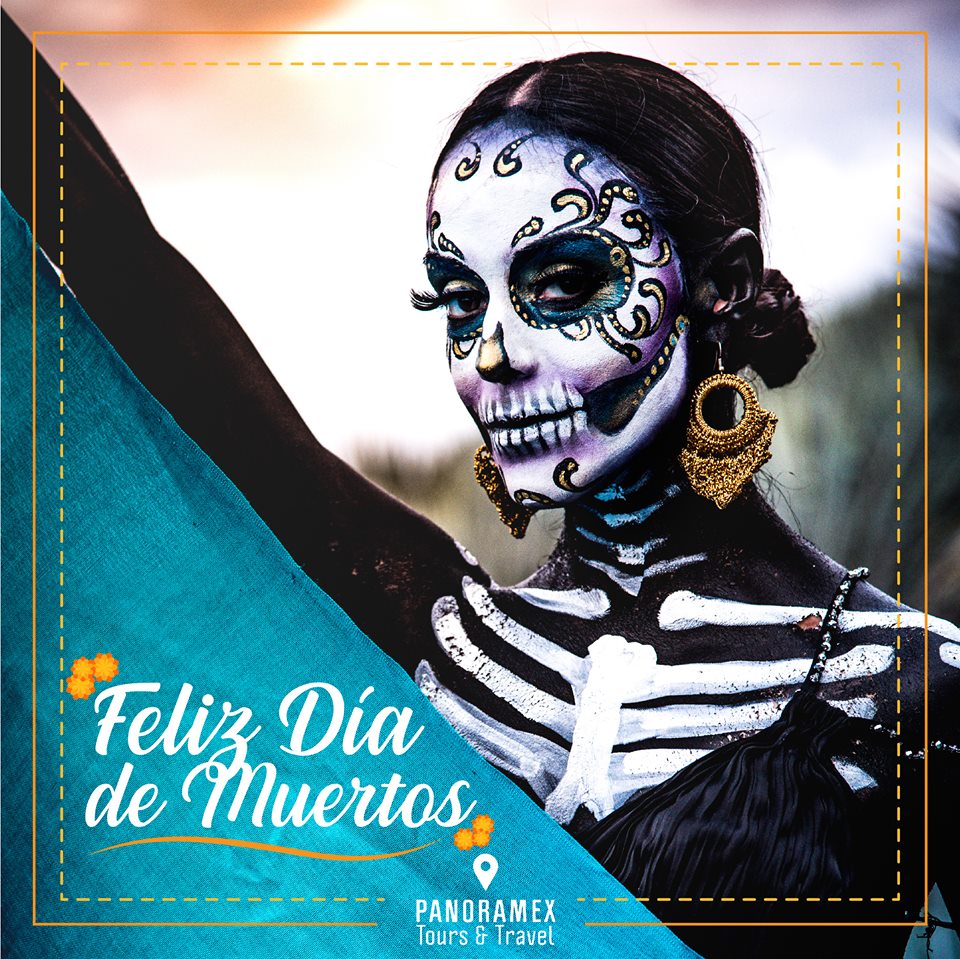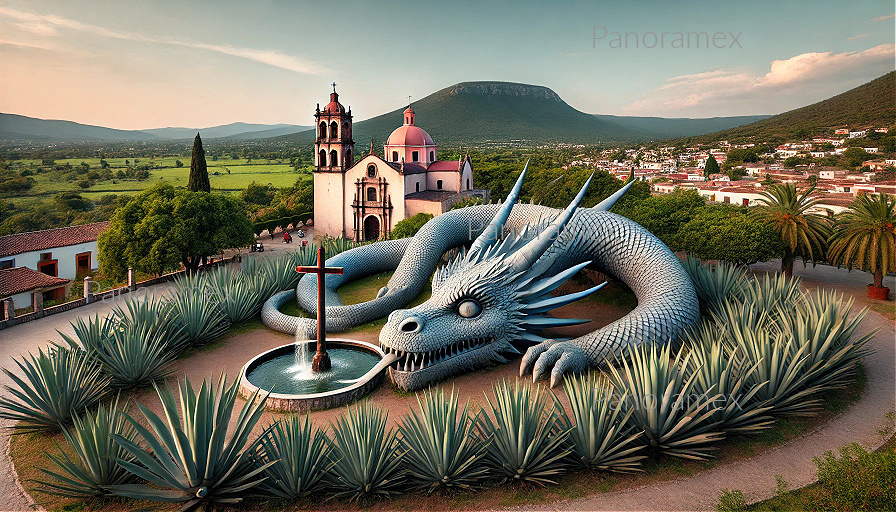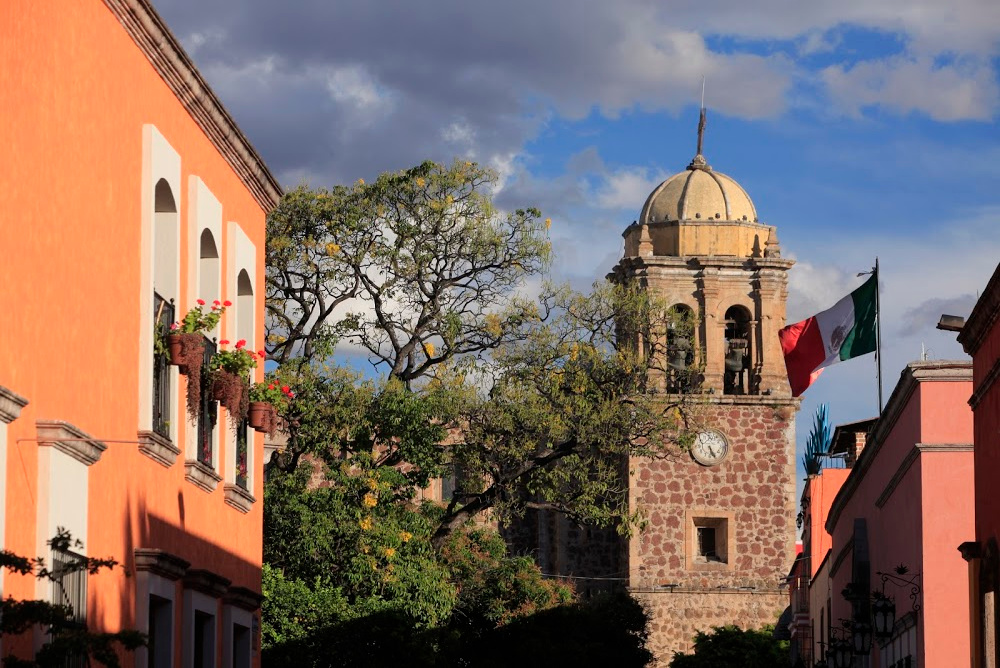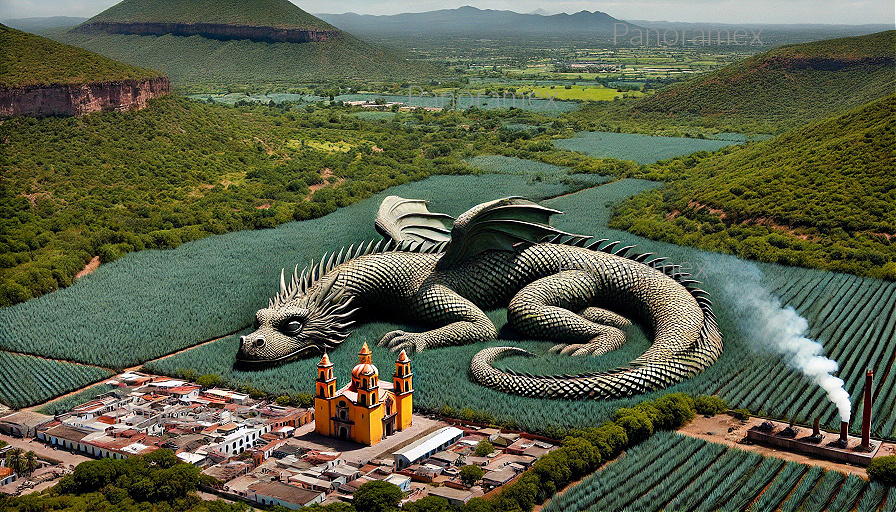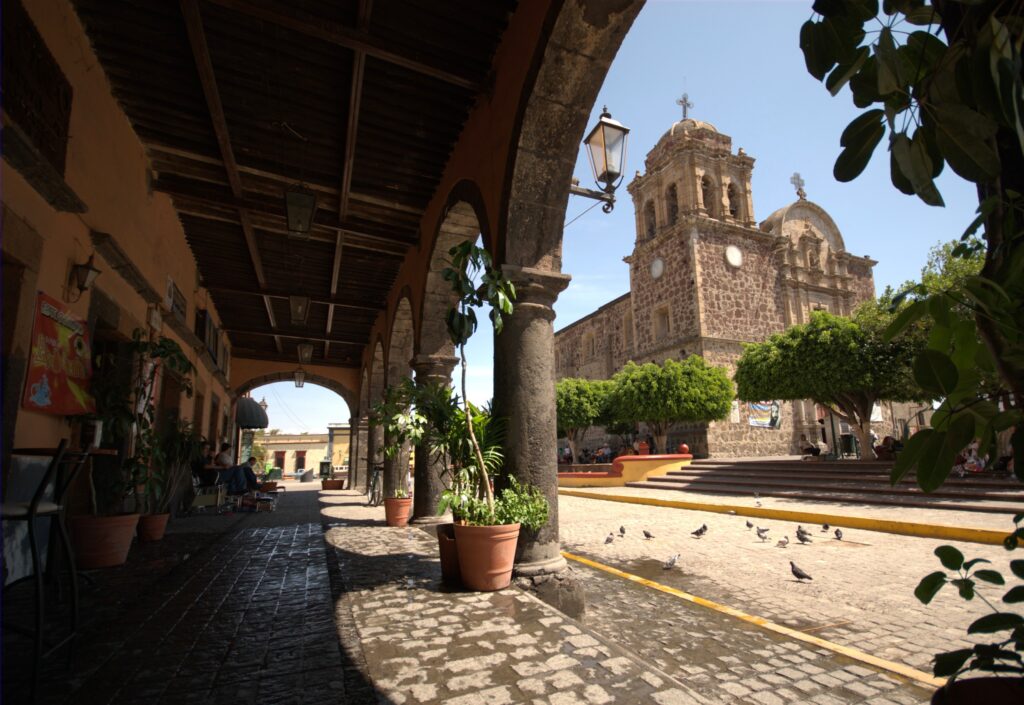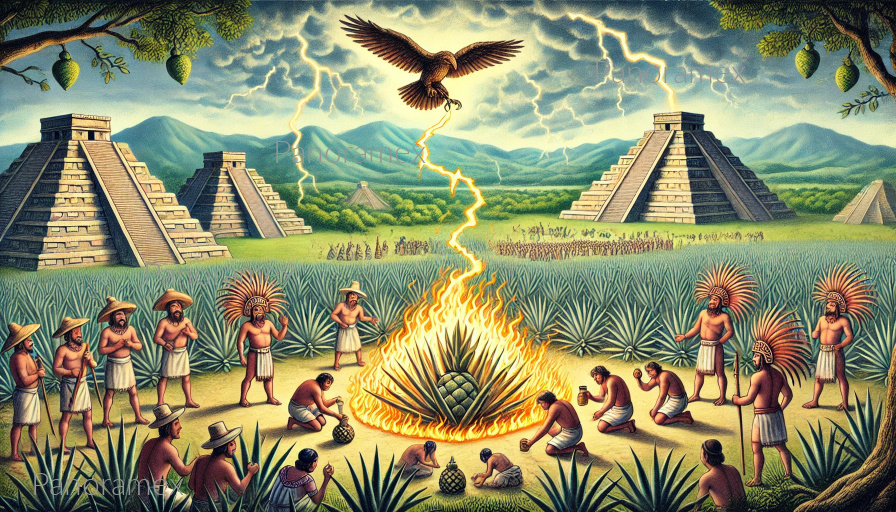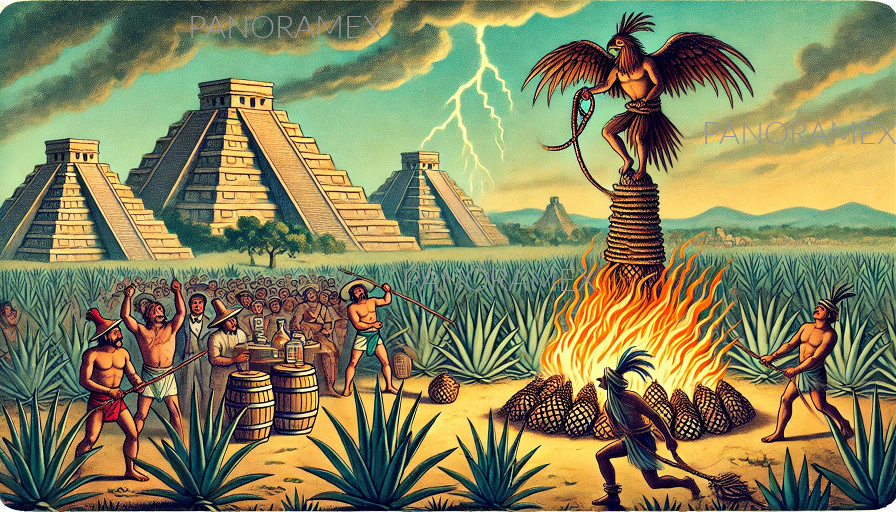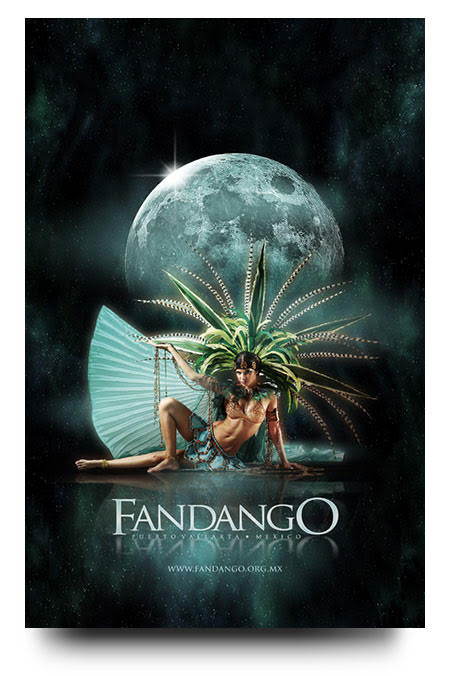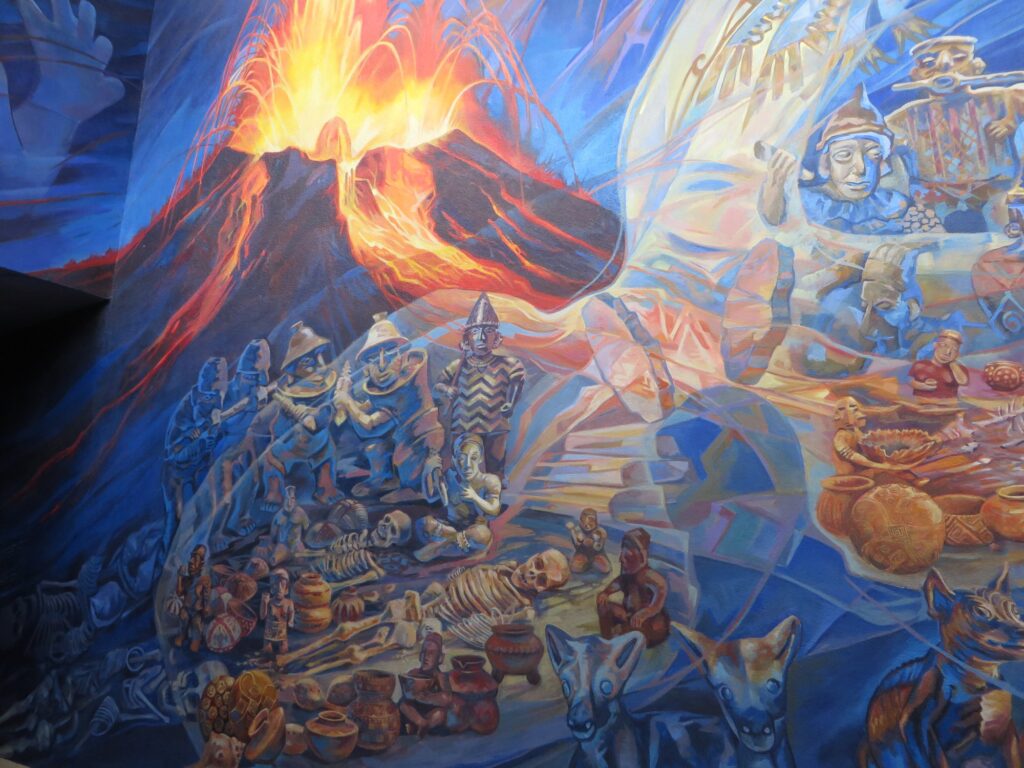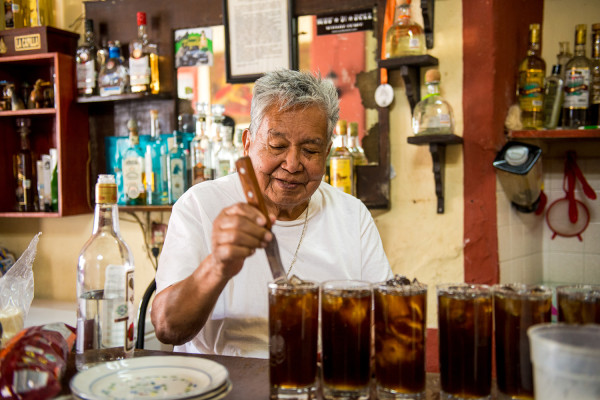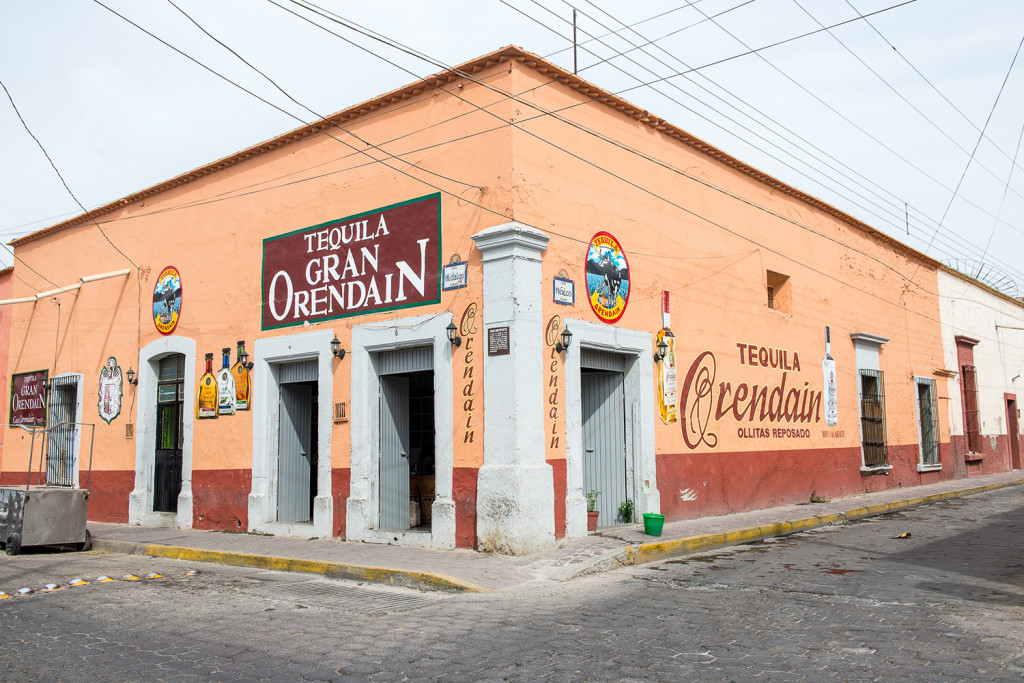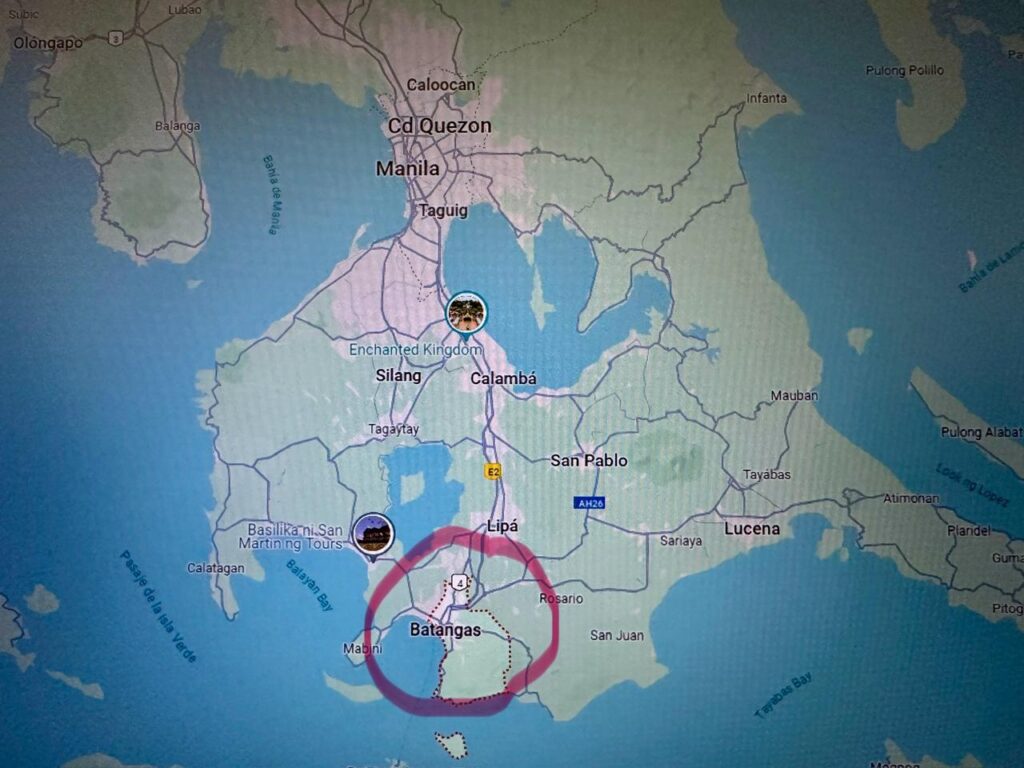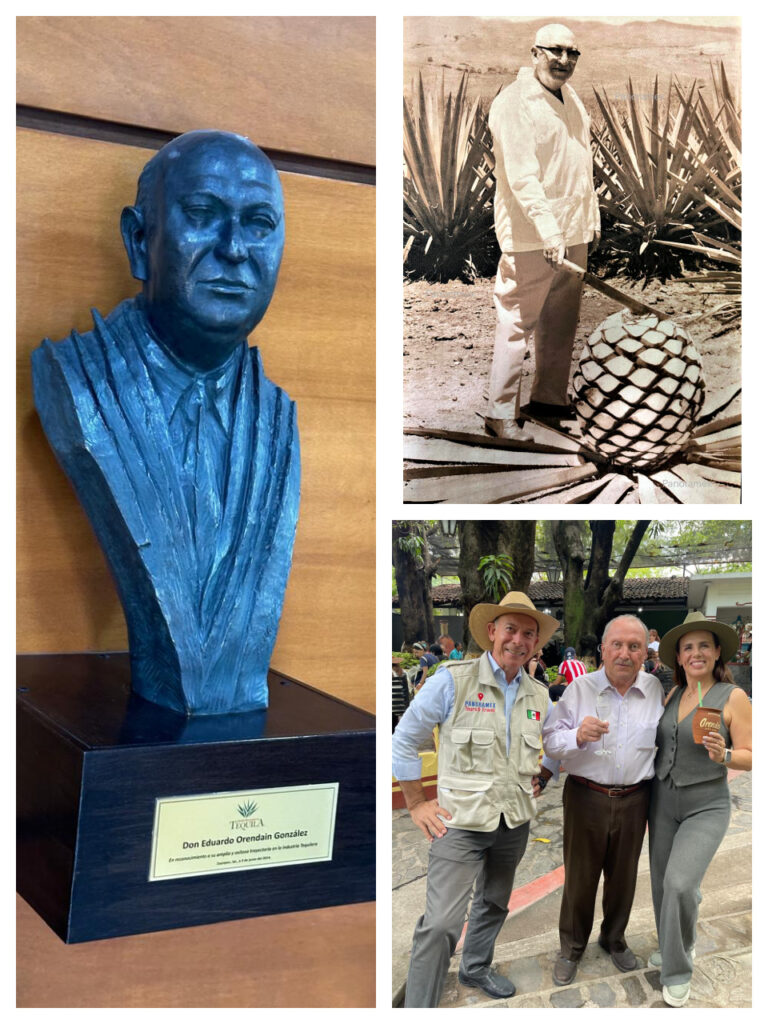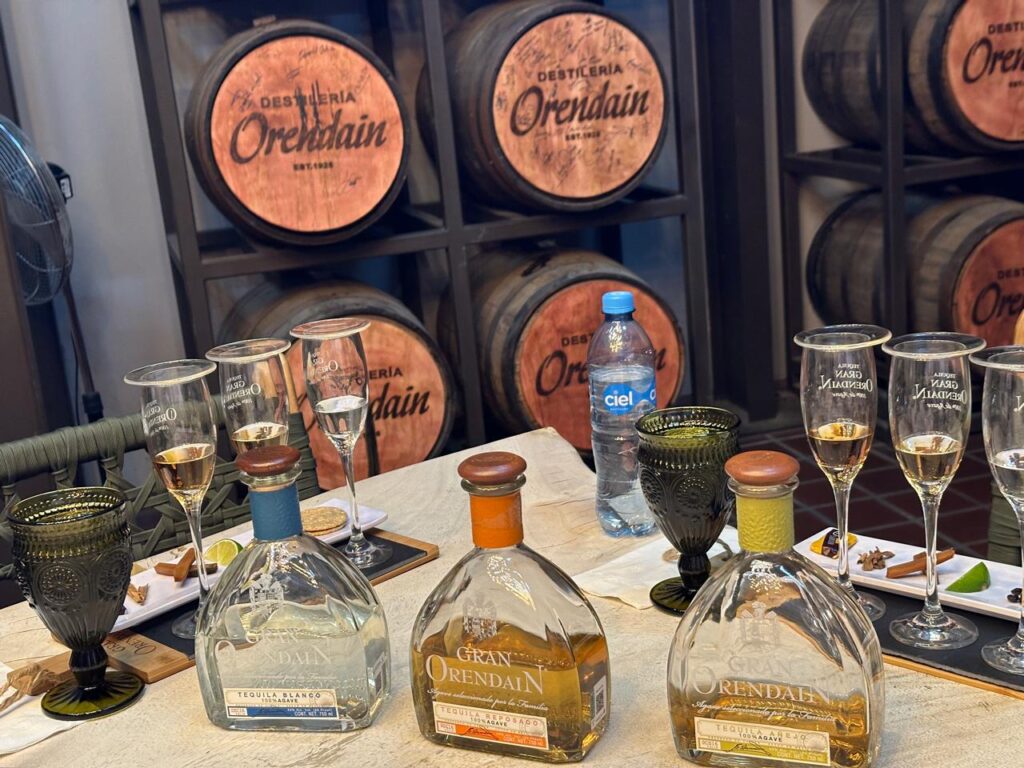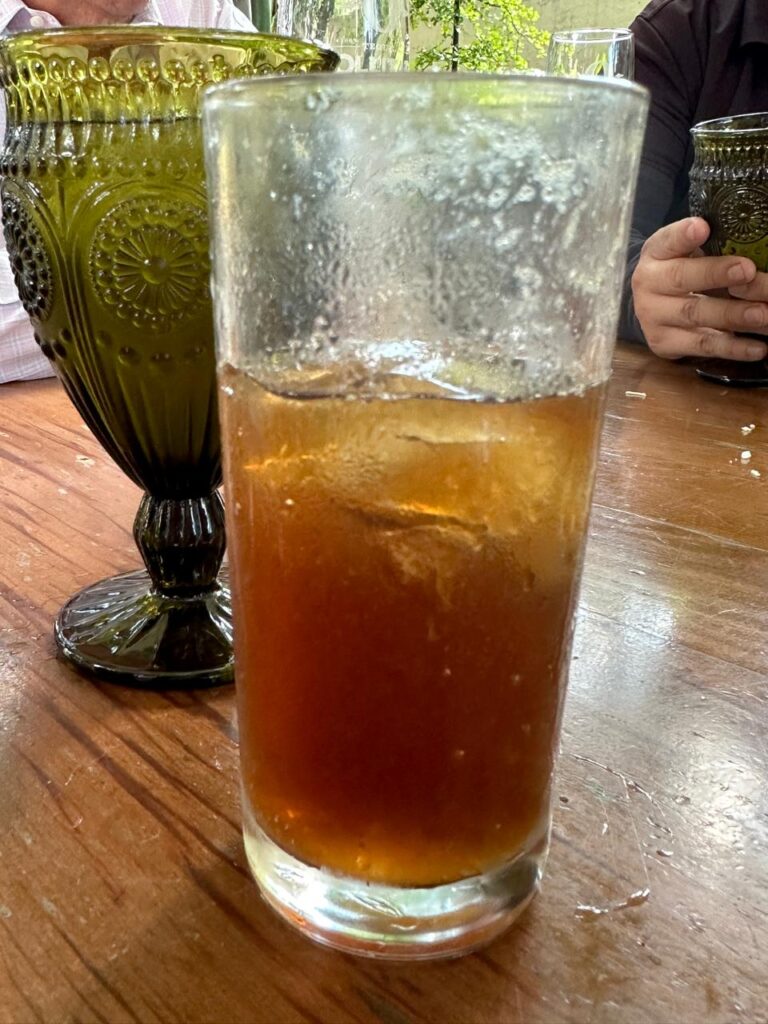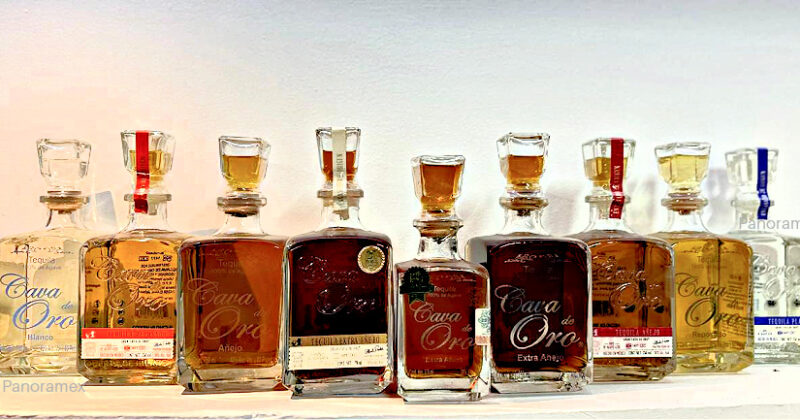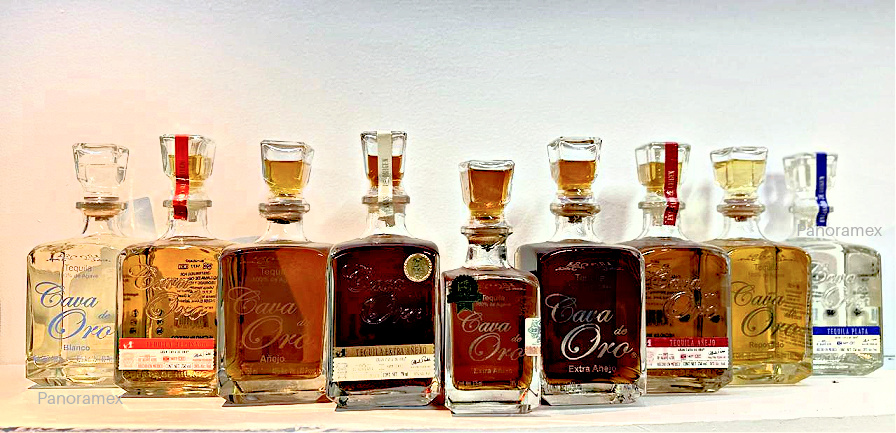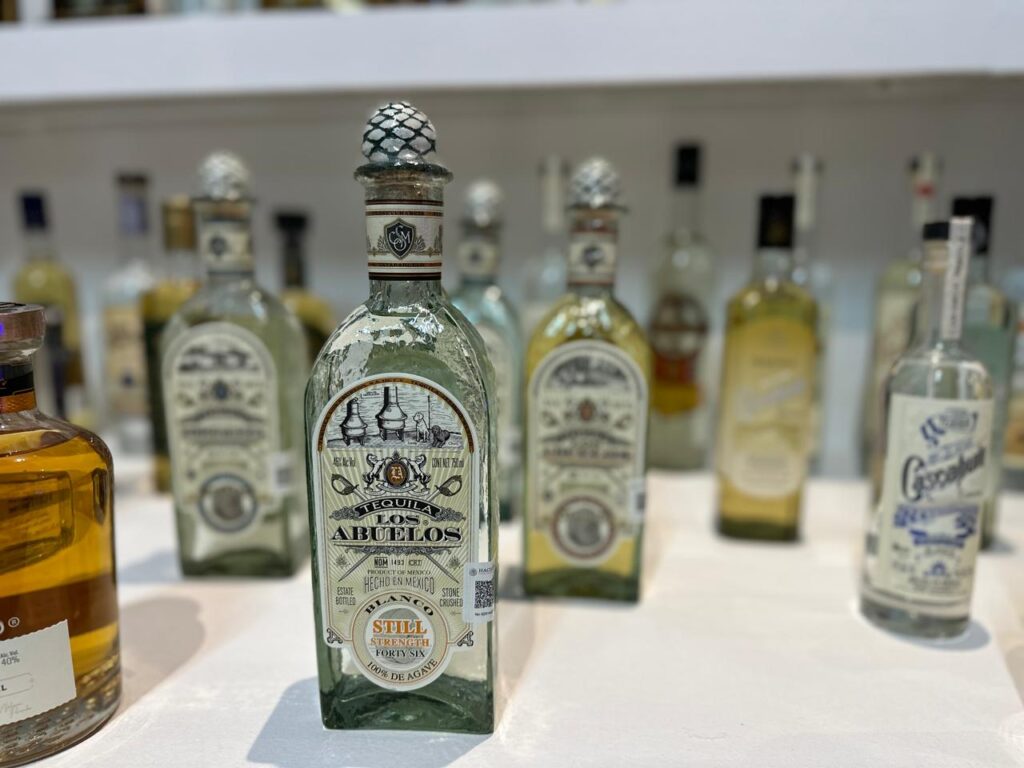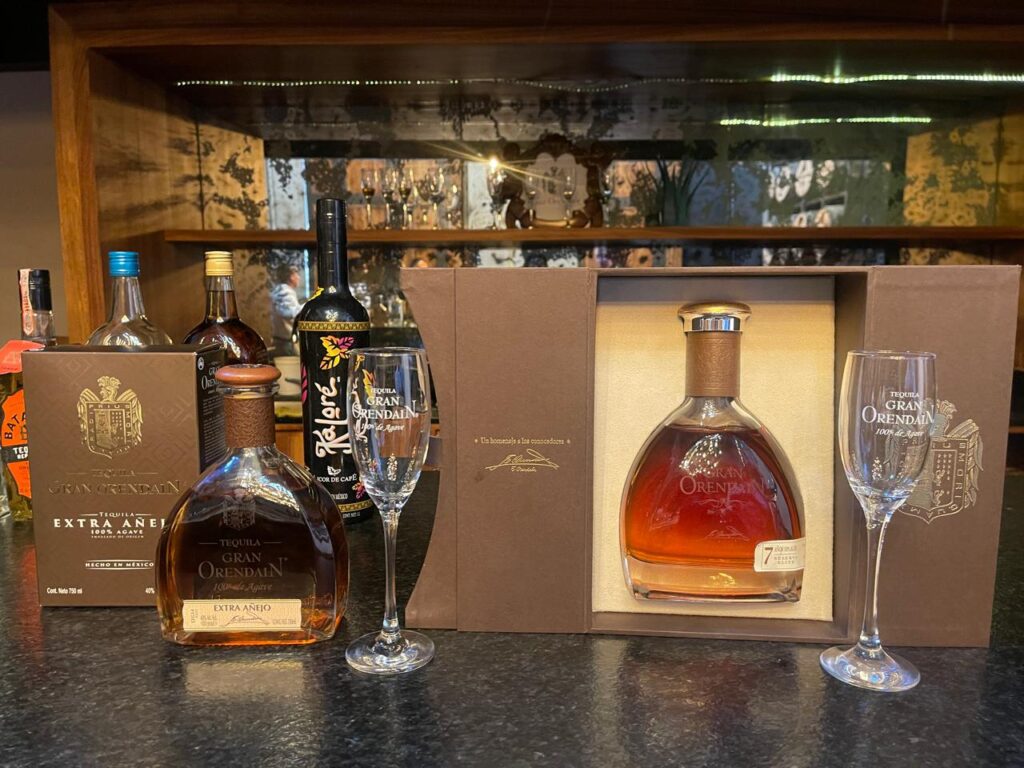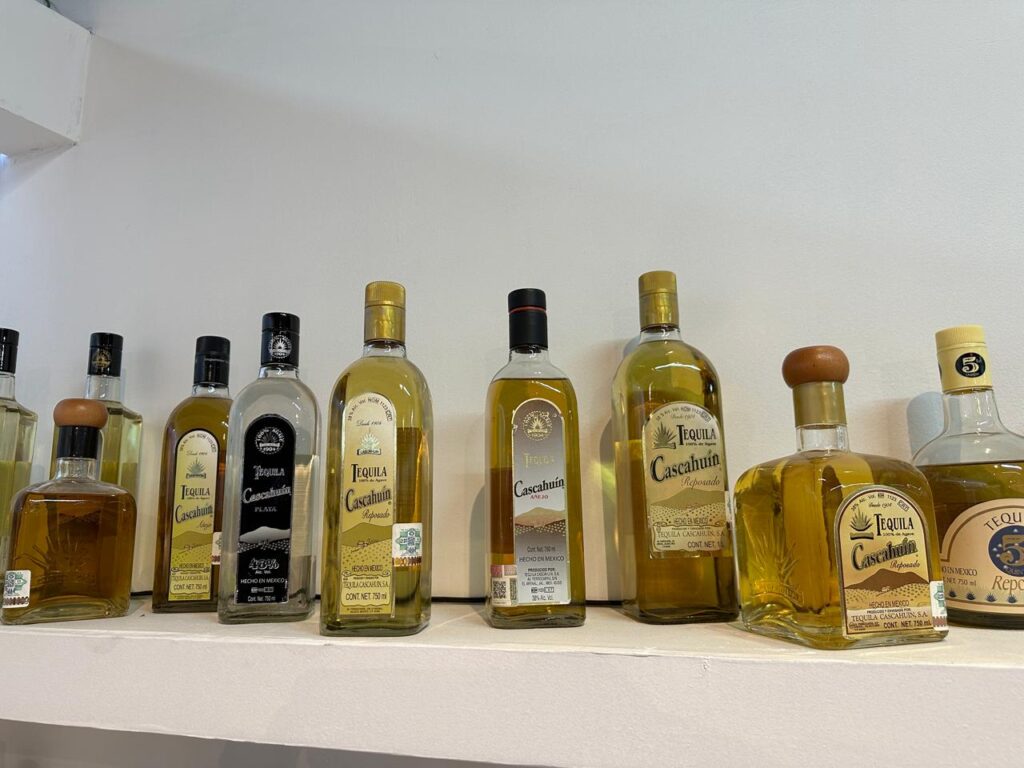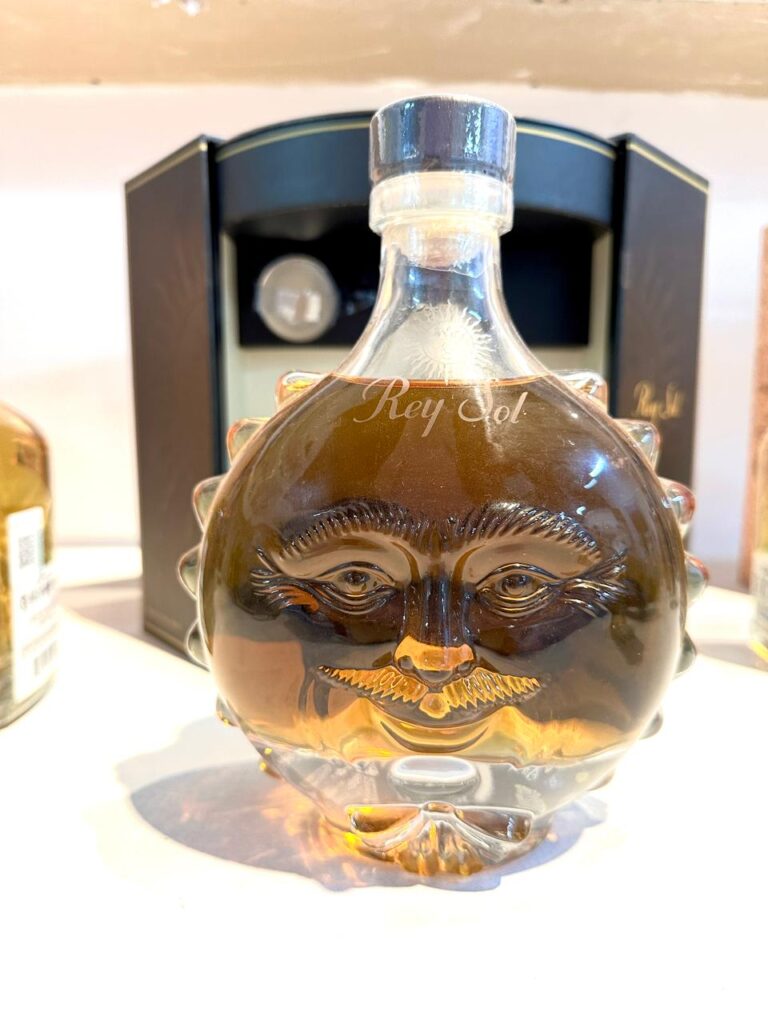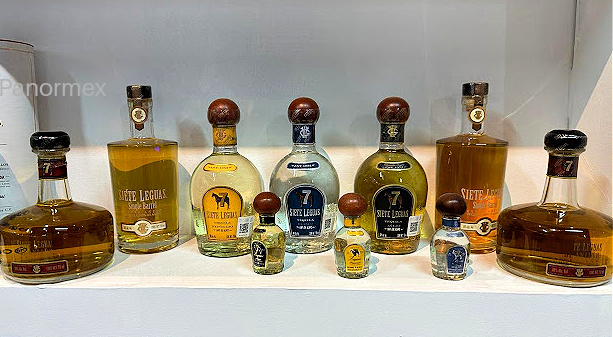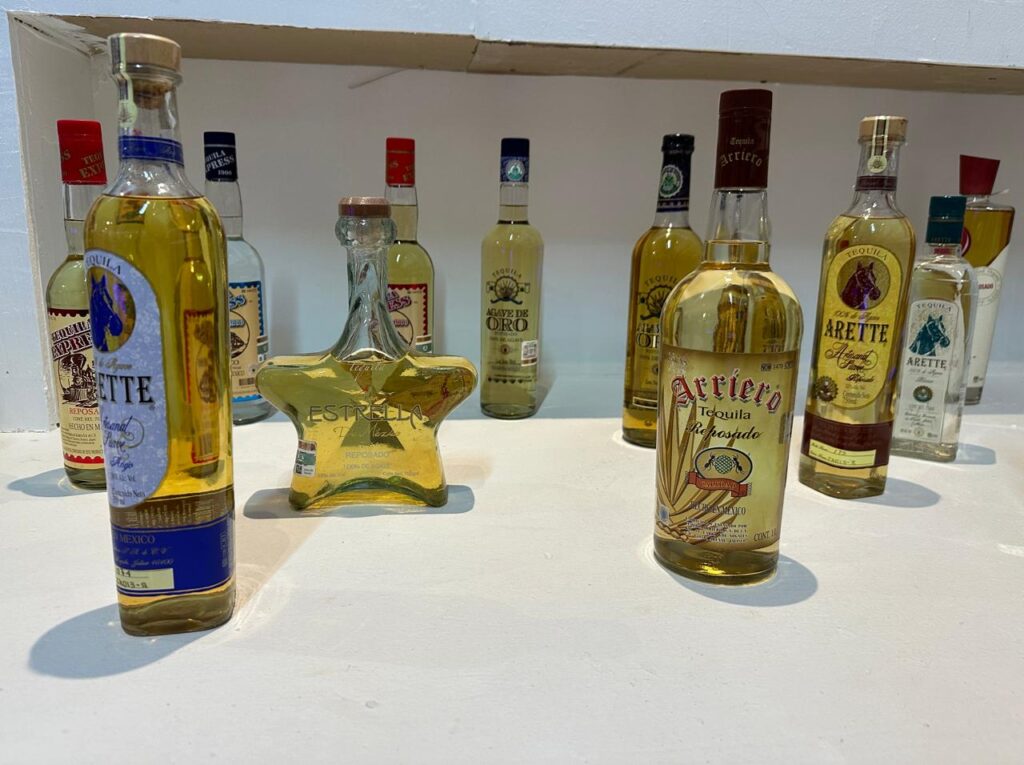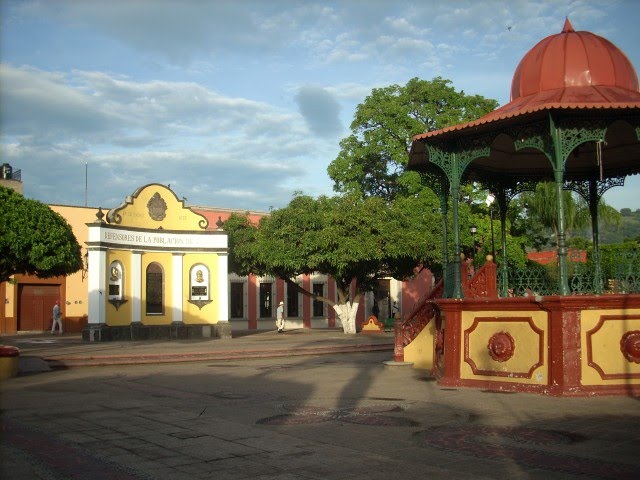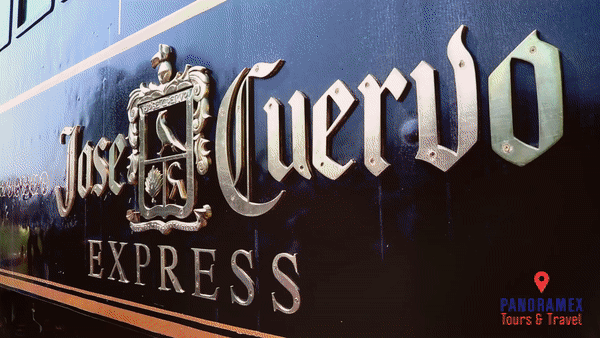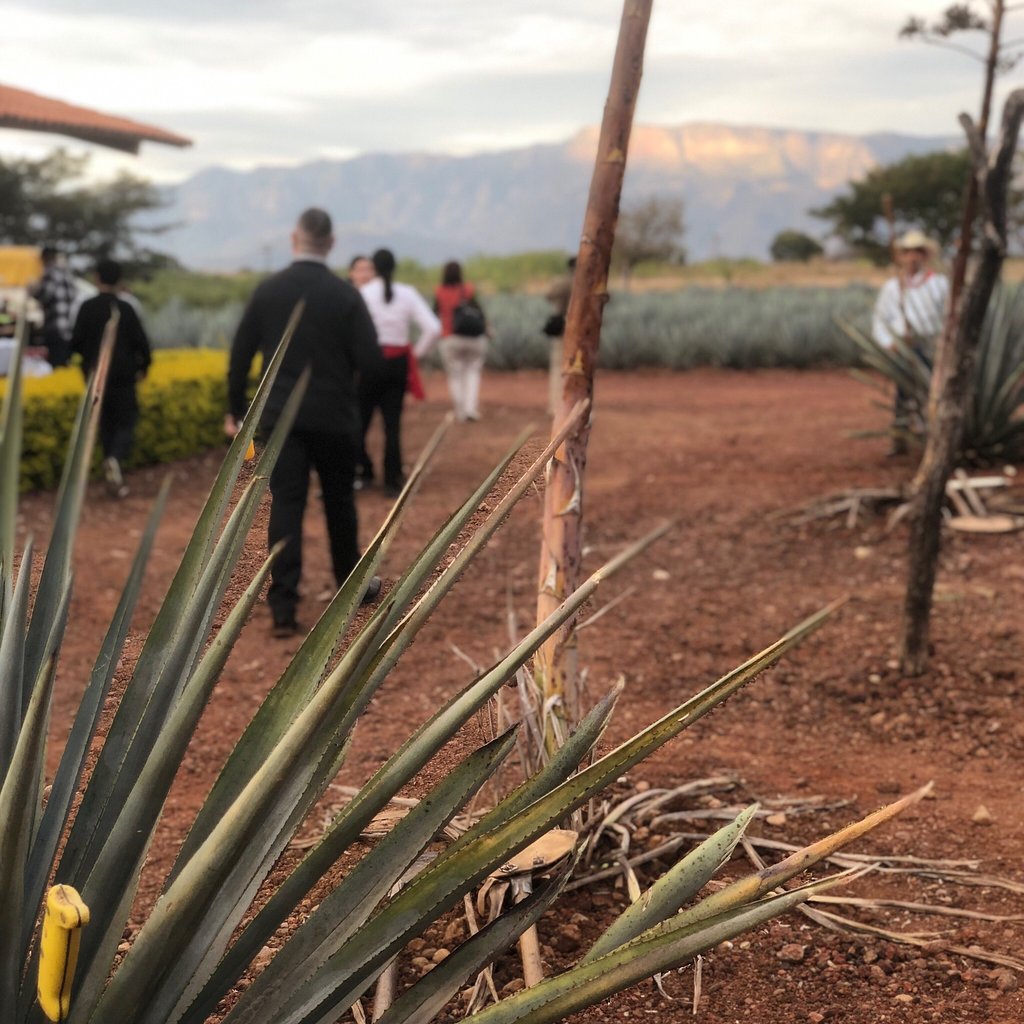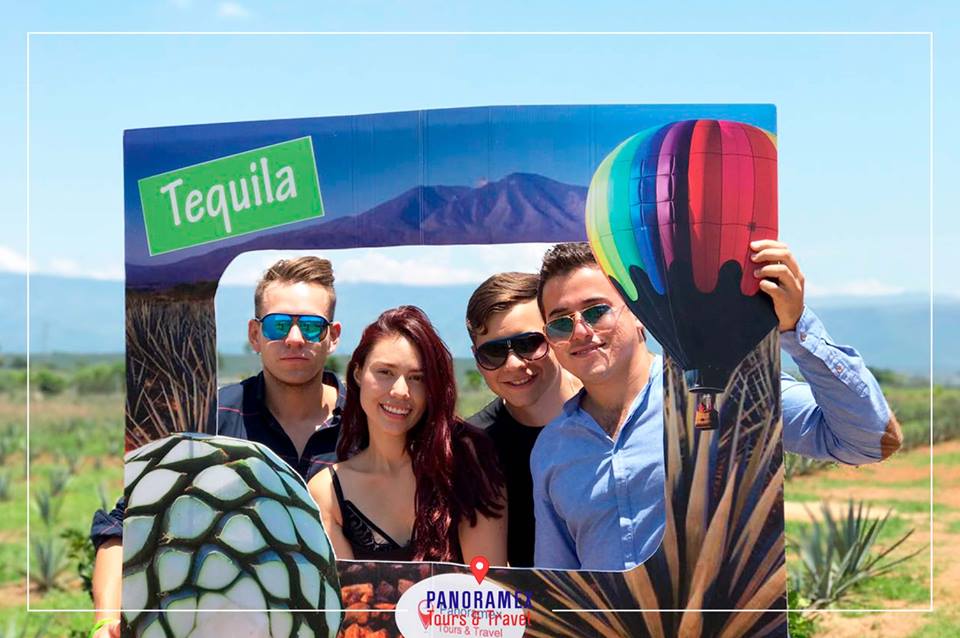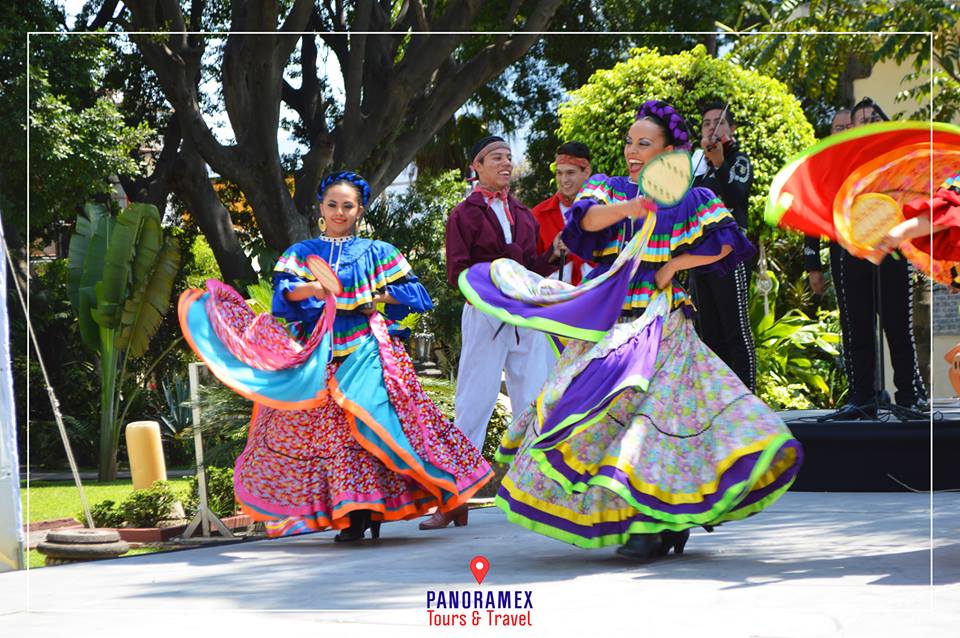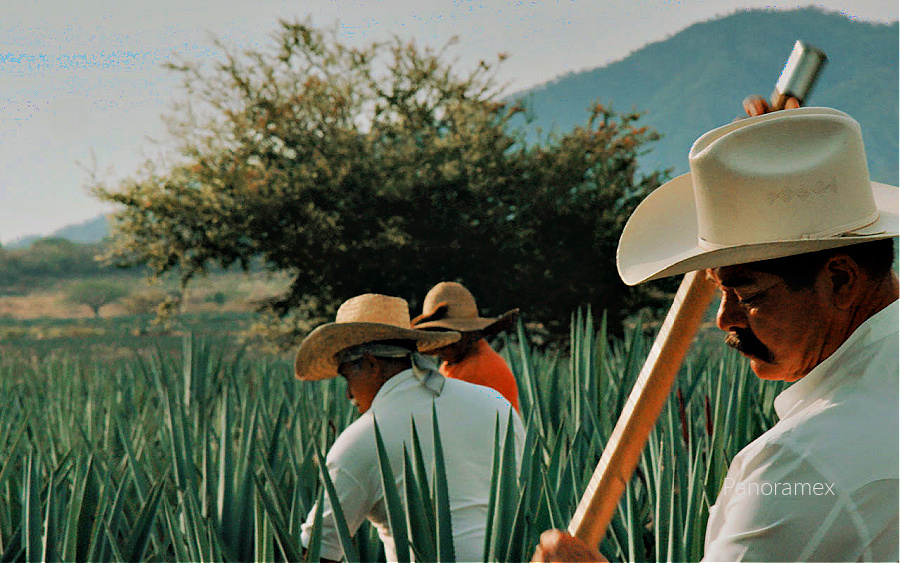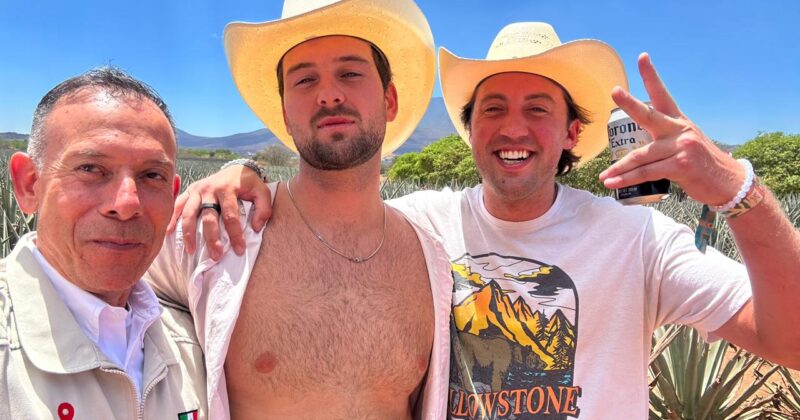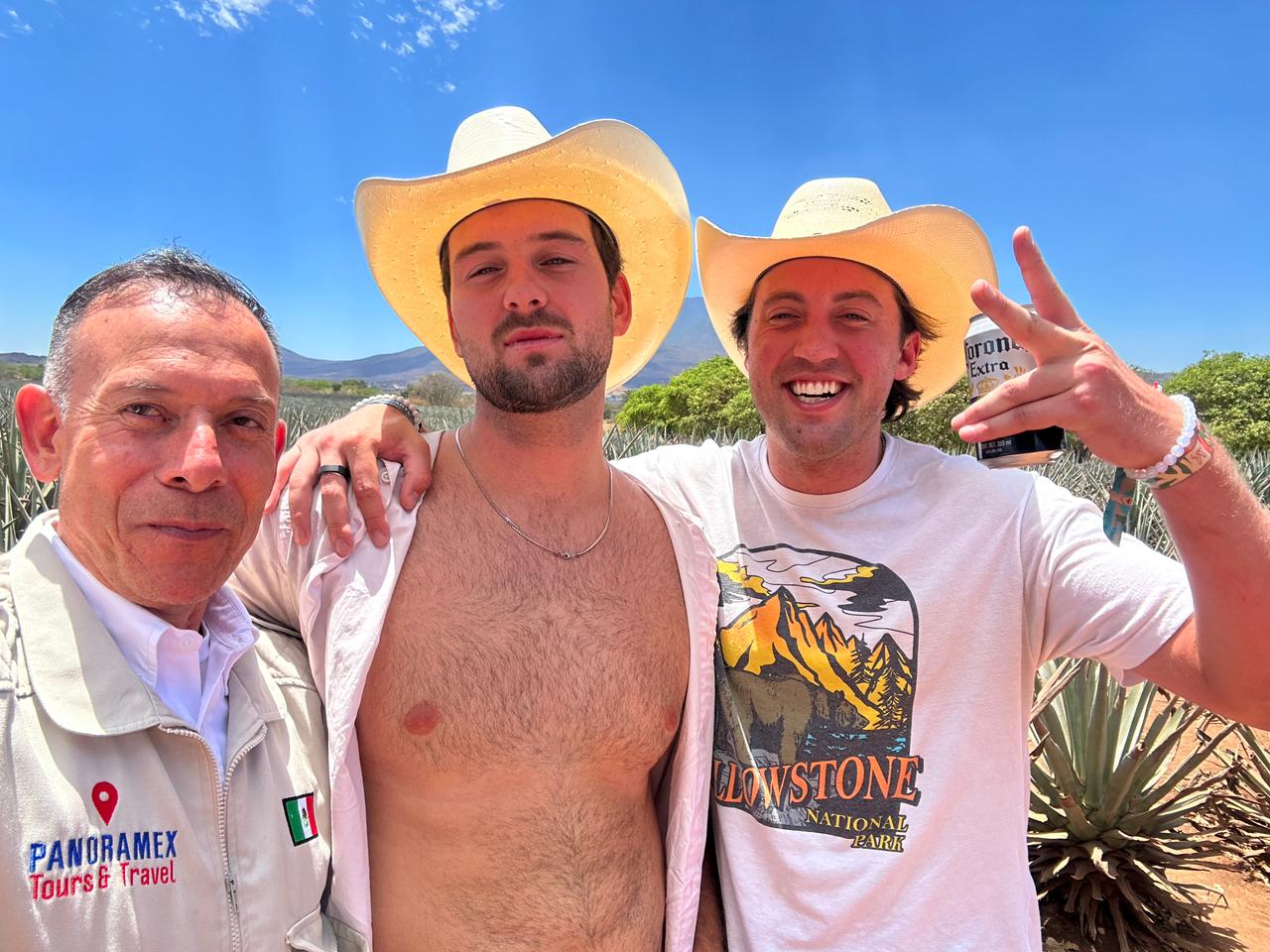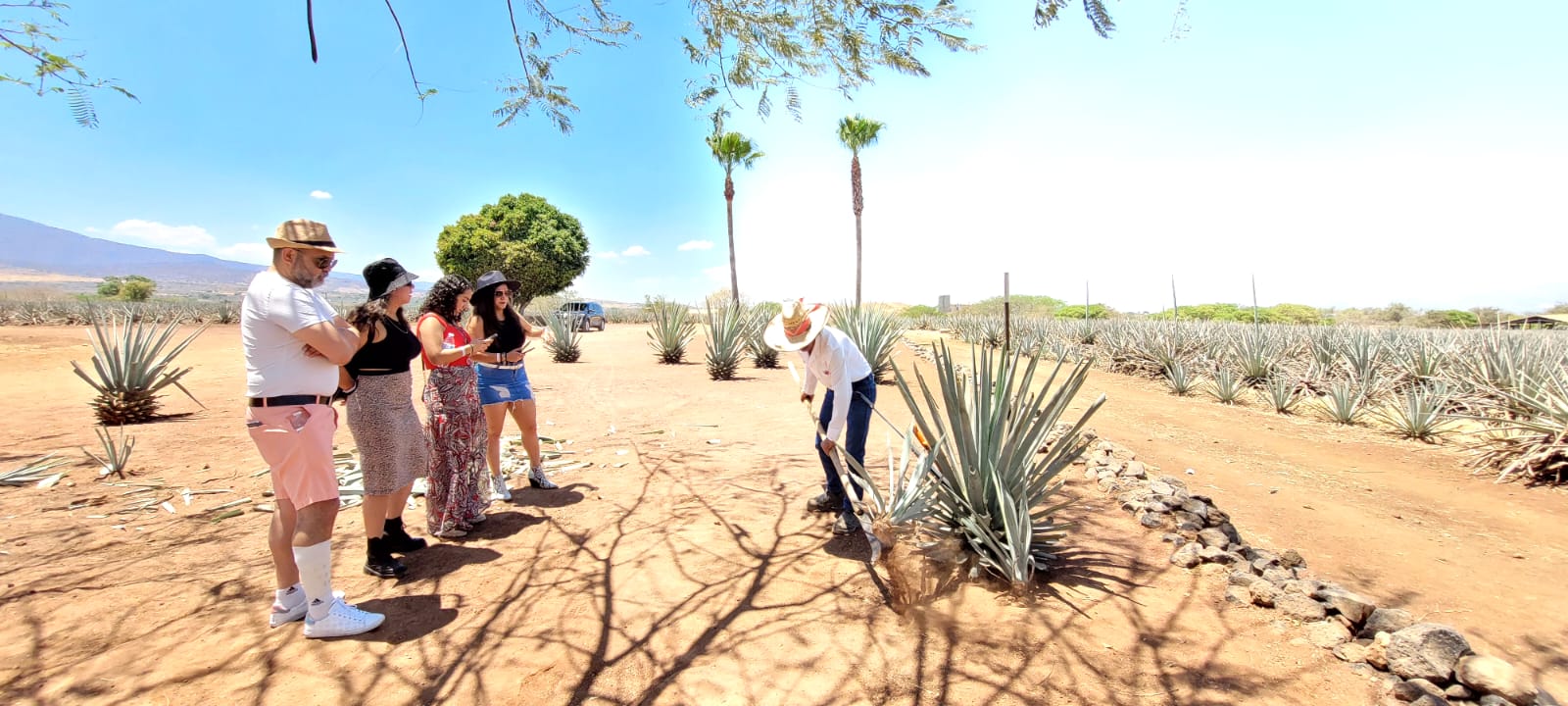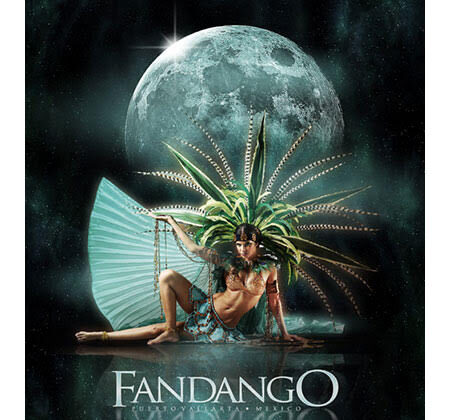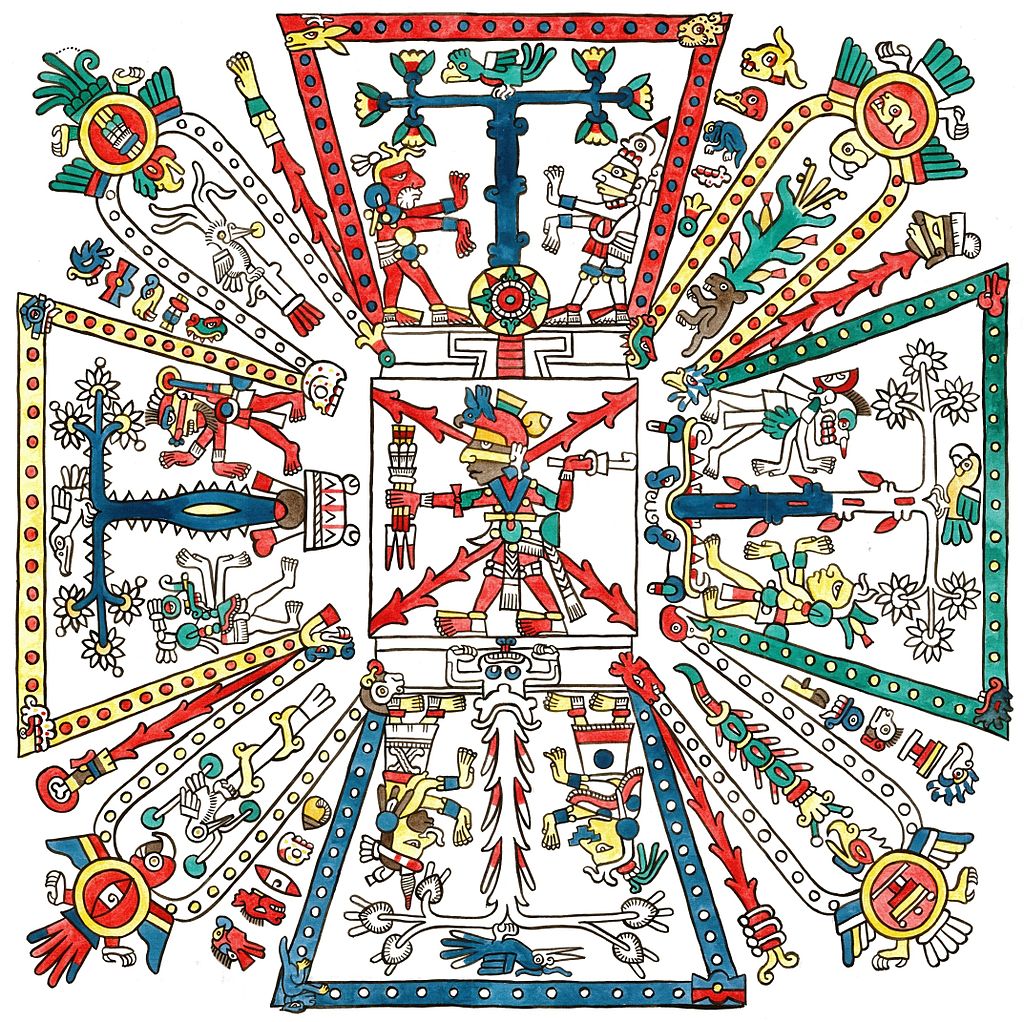Best 10 Tequila Tours
Embarking on a tequila tour is an exhilarating and immersive experience that allows you to delve into the rich history, production, and flavors of Mexico’s beloved spirit. With a multitude of tequila tours available, it can be overwhelming to choose the best one. In this article, we will explore some of the best tequila tours that offer unique and unforgettable experiences, ensuring that every tequila enthusiast’s palate is satisfied.
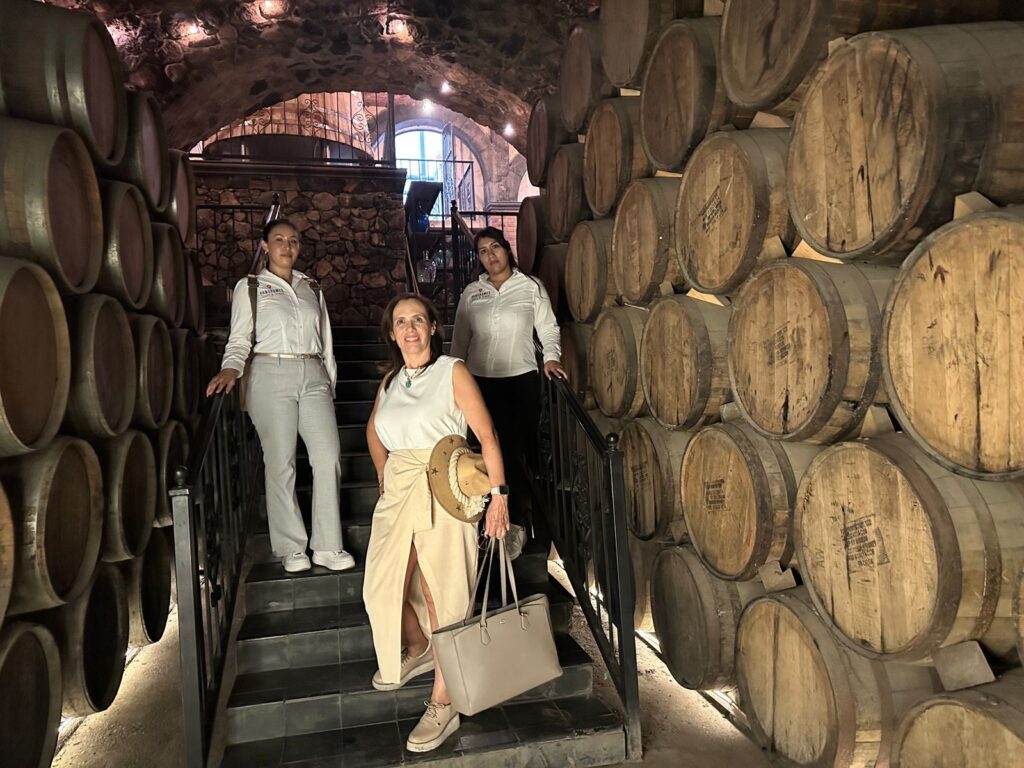
1. Private Distillery Tours
For a more exclusive and personalized experience, opt for a private tequila distillery tour. These tours allow you to visit smaller, boutique distilleries that are not typically included in larger group tours. With a private guide, you’ll have the opportunity to delve deeper into the intricacies of tequila production and savor unique tequila expressions that are not widely available.
2. Agave Field Excursions
To truly understand the essence of tequila, it’s essential to explore the agave fields where it all begins. Many tequila tours offer excursions to agave farms, allowing you to witness the cultivation and harvesting process firsthand. You’ll gain a deeper appreciation for the agave plant, the heart and soul of tequila production.
3. Tequila Train Experience
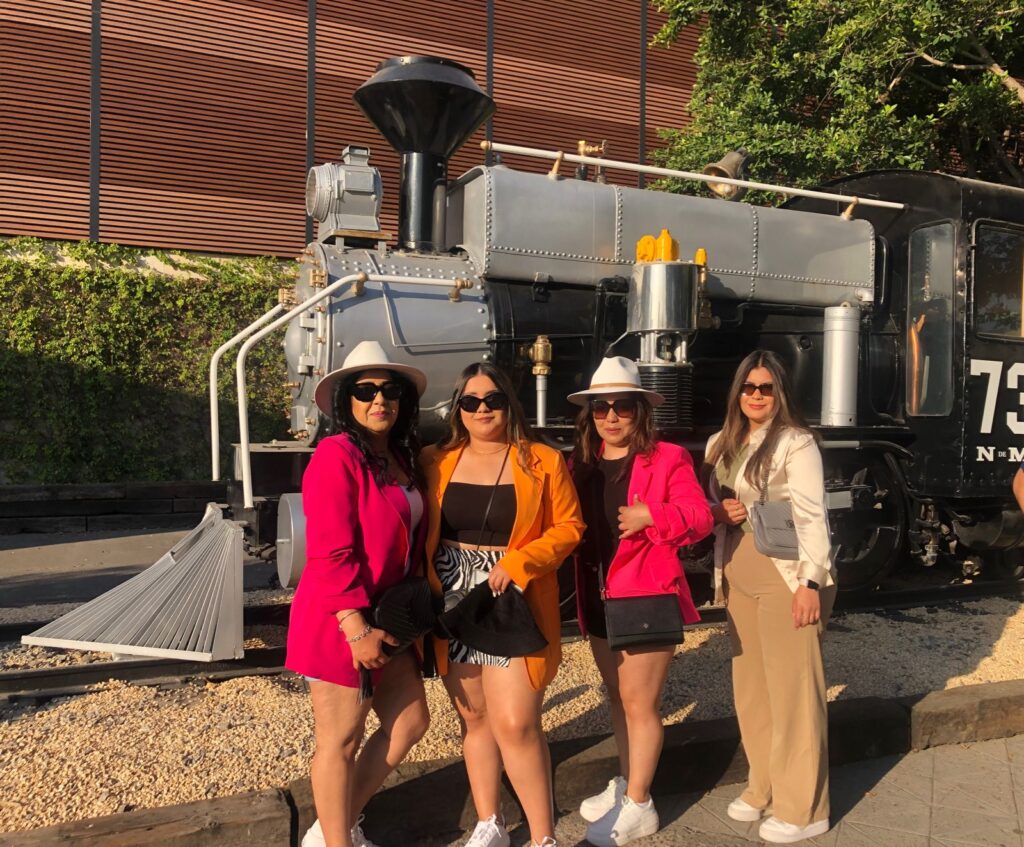
One of the most iconic tequila tours is the Tequila Train Experience. This tour takes you on a scenic train ride through the agave fields of Jalisco, offering breathtaking views of the landscape. Along the way, you’ll visit renowned distilleries, enjoy tequila tastings, and learn about the tequila-making process. The combination of history, culture, and stunning views makes this tour a must for any tequila aficionado.
4. Mixology Workshops
Tequila is not only meant to be sipped but also celebrated in creative cocktails. Consider a tequila tour that includes mixology workshops, where you’ll learn how to craft signature tequila-based drinks under the guidance of skilled mixologists. Unleash your creativity and explore the endless possibilities of tequila mixology.
5. Culinary Experiences
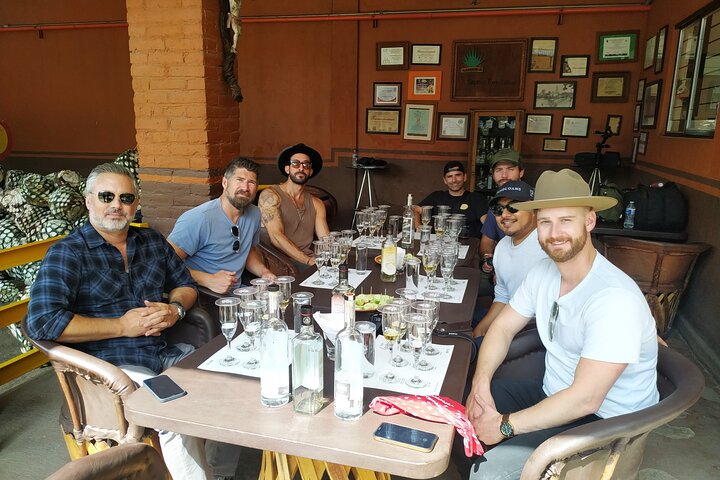
Tequila and Mexican cuisine go hand in hand, and many tequila tours offer culinary experiences that pair the spirit with delectable dishes. From traditional food tastings to cooking classes, these tours allow you to indulge in the gastronomic delights of Mexico while discovering the perfect tequila pairings.
6. Tequila Tastings
No tequila tour is complete without indulging in a variety of tequila tastings. Look for tours that offer a diverse range of tequila expressions, from blanco to reposado and añejo. Expert guides will take you through the nuances of each tequila, helping you develop a discerning palate and a deeper appreciation for the art of tequila tasting.
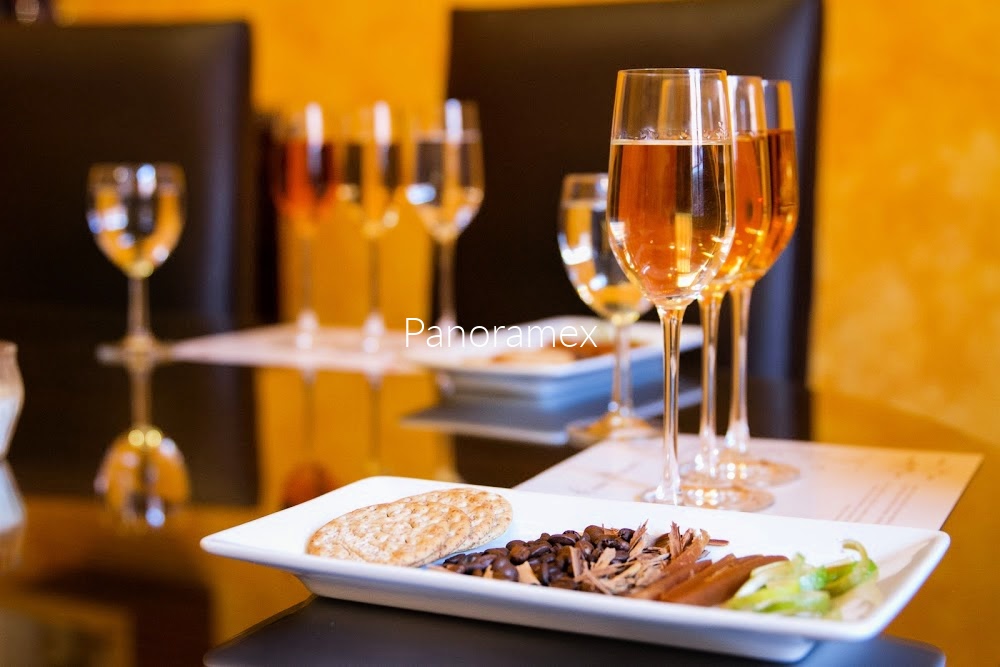
7. Cultural Immersion
Tequila is deeply intertwined with Mexican culture, and the best tequila tours provide opportunities for cultural immersion. Explore the vibrant towns and villages where tequila production thrives, visit local artisans, and learn about the traditions and customs that have shaped tequila’s identity.
8. Historical Tours
To fully grasp the significance of tequila, consider a historical tour that takes you through the landmarks and sites that played a pivotal role in tequila’s evolution. From ancient agave distillation sites to historical haciendas, these tours provide a glimpse into the past and a deeper understanding of tequila’s cultural heritage.
9. Educational Workshops
Expand your knowledge of tequila by participating in educational workshops led by industry experts. These workshops cover a range of topics, from the science of tequila production to the art of barrel aging. You’ll gain insider knowledge and a deeper appreciation for the craftsmanship behind every bottle of tequila.
10. Sunset Tequila Tastings
For a truly enchanting experience, consider a sunset tequila tasting. Picture yourself sipping tequila as the sun dips below the horizon, casting a warm glow over the agave fields. This magical setting creates a memorable ambiance that enhances the flavors and adds a touch of romance to your tequila tour.
Best Tequila Tours
The best tequila tours offer an extraordinary journey into the world of tequila, combining history, culture, flavors, and experiences that cater to every tequila enthusiast’s preferences. Whether you choose to ride the Tequila Train, explore private distilleries, or immerse yourself in agave fields, each tour promises to leave you with a deeper appreciation for tequila and the rich heritage it represents. So, raise your glass and embark on a tequila tour that will ignite your senses and leave you with lifelong memories.
